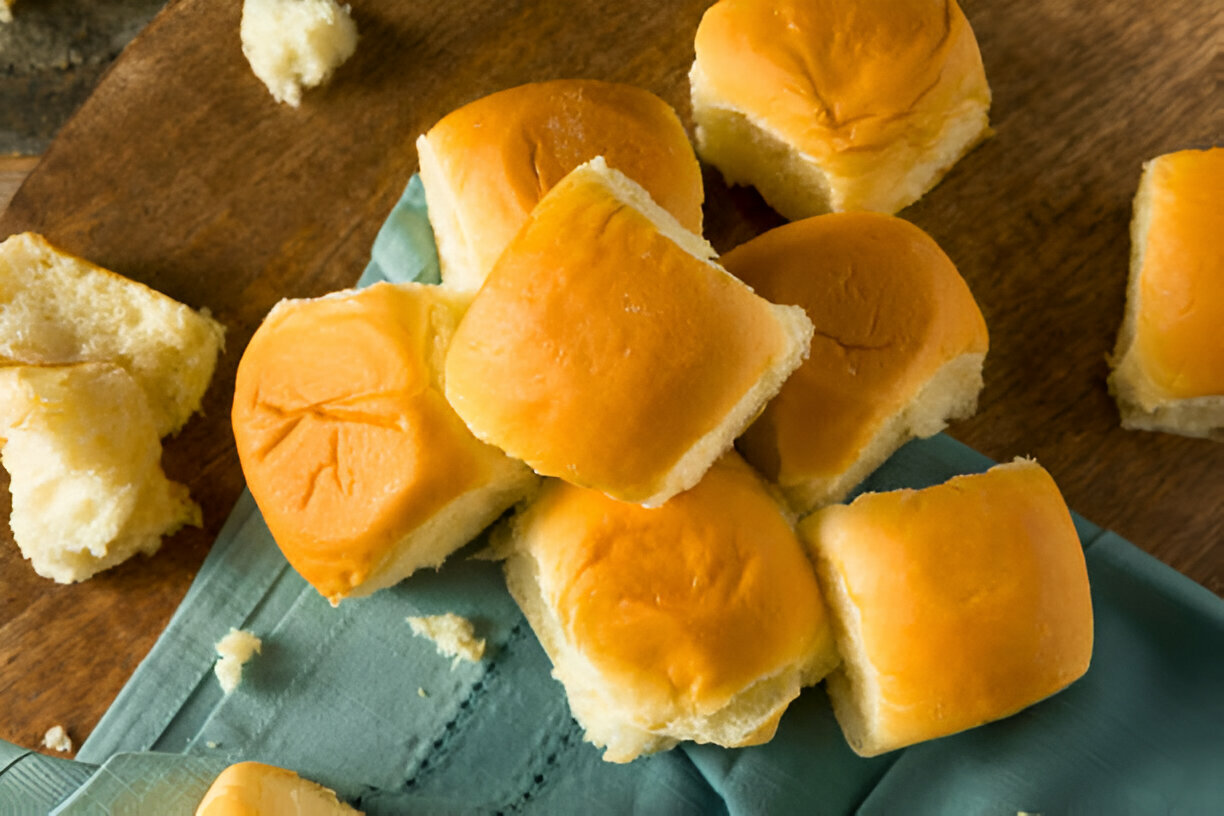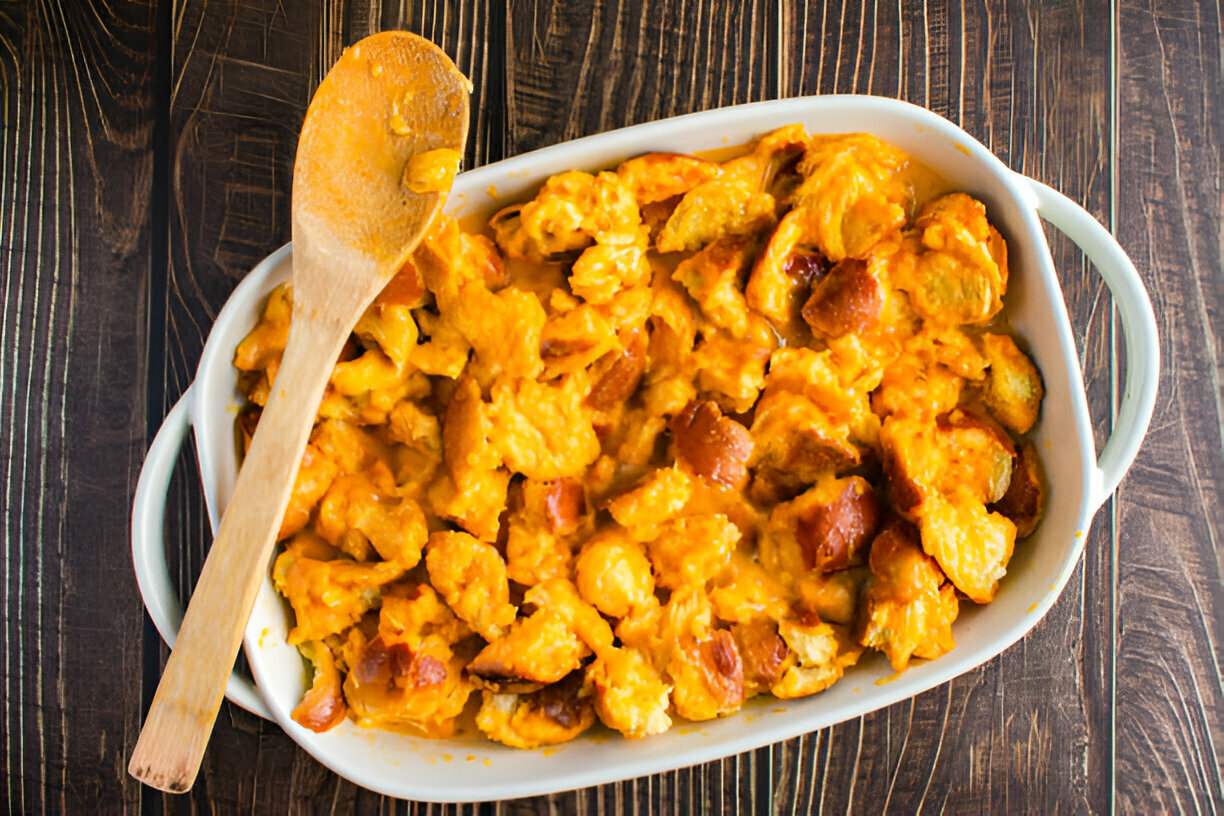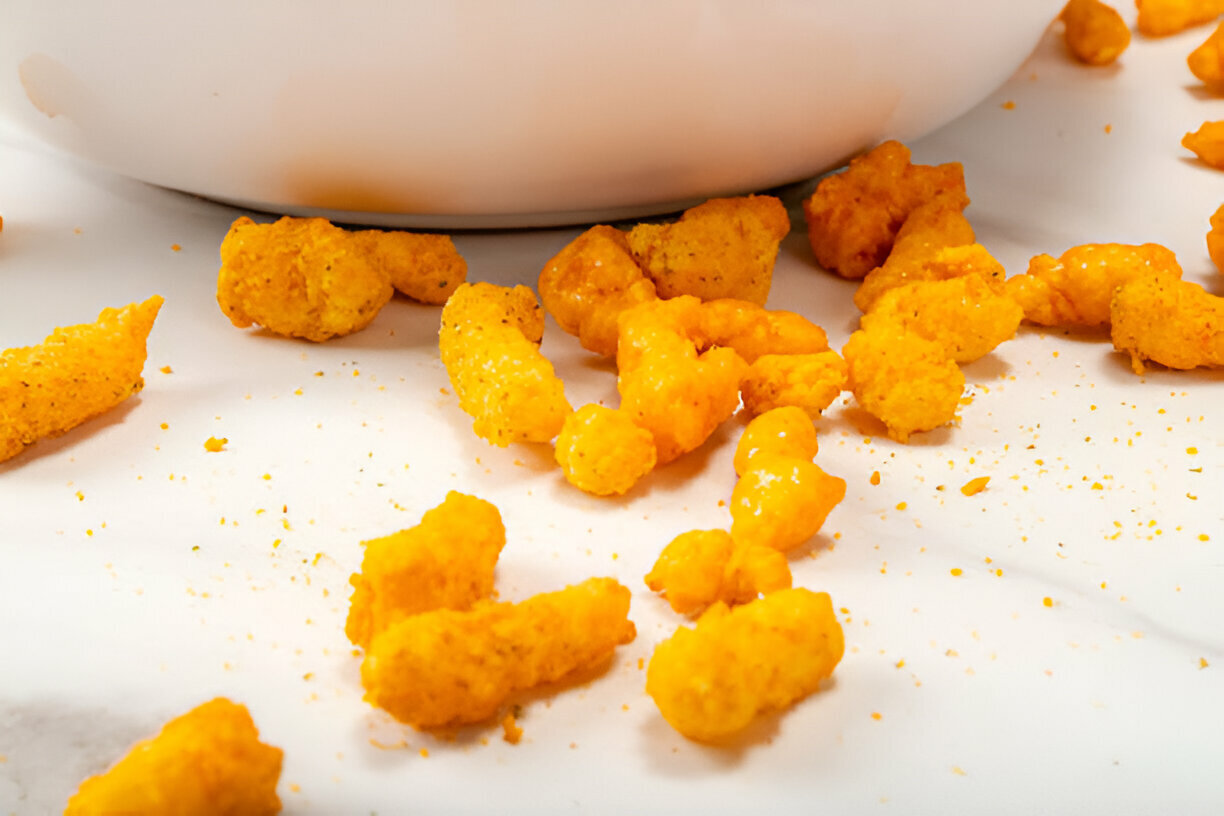Rice pudding is a timeless dessert that has been enjoyed across cultures for centuries. This creamy dish, made primarily of rice, milk, and sugar, holds a special place in many hearts, often evoking memories of family gatherings and festive occasions. Historically, rice pudding has roots in ancient civilizations, where the combination of simple ingredients transformed into a comforting dish that bridged generations. Today, it continues to be a beloved treat, whether served warm in a cozy home or chilled as a refreshing dessert during warmer months.
In this article, readers can expect a deep dive into the world of rice pudding, from understanding its definition and various global versions, such as Arroz con Leche and Kheer, to learning about the essential ingredients that bring this dish to life. We'll provide a step-by-step guide on how to make a classic rice pudding, including tips for achieving the perfect consistency and flavor. Additionally, various tempting variations will be explored, giving readers the opportunity to customize their pudding to suit different tastes. Common mistakes to avoid, along with frequently asked questions regarding preparation and storage, will also be addressed. Whether you're a novice in the kitchen or a seasoned cook looking to refresh your skills, this article aims to inspire the joy of making and enjoying rice pudding.
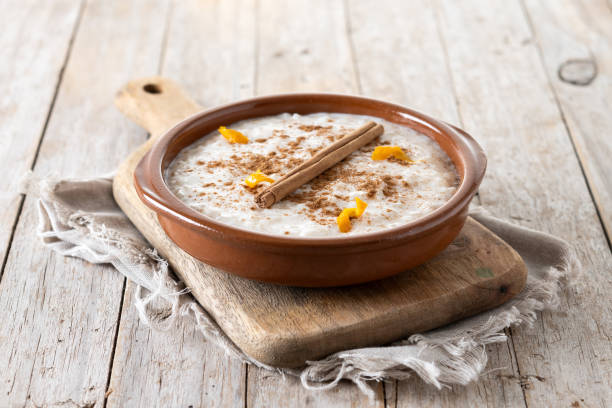
What is Rice Pudding?
Rice pudding is a delicious and creamy dessert that is made with rice, milk, sugar, and various flavorings. This comforting dish has been enjoyed for centuries in many cultures around the world, often cherished for its simplicity and versatility. The basic concept of cooking rice in milk until it becomes tender and creamy transcends geographical boundaries, leading to numerous delightful variations.
In Spain, rice pudding is known as Arroz con Leche, often flavored with cinnamon and topped with a sprinkle of lemon zest for a refreshing twist. Meanwhile, in India, Kheer is a popular version that incorporates cardamom, nuts, and sometimes even saffron, making it a luxurious treat for special occasions. Other cultures, such as those in the Middle East, also possess their own unique takes on rice pudding, each showcasing local ingredients and cooking techniques.
The reason rice pudding stands out as a beloved dessert among many cultures lies in its nostalgic associations. People often have fond memories of sharing this dish during family gatherings, festive celebrations, or simply as a comforting snack on a quiet evening. Its universal appeal, combined with the adaptability to incorporate various flavors and ingredients, ensures that rice pudding remains a cherished dessert throughout generations.
Key Ingredients in Rice Pudding
The key to a delicious rice pudding lies in selecting the right ingredients, each contributing to the dish's overall flavor and texture. Understanding these essential components can elevate your rice pudding from ordinary to extraordinary.
- Rice: The choice of rice is crucial. Short-grain rice, such as Arborio or sushi rice, is highly recommended for making rice pudding due to its high starch content, which creates that desired creamy consistency. Long-grain rice, while suitable, tends to be drier and less creamy.
- Milk: Whole milk is often used for a rich and creamy texture, but there are plenty of alternatives. For those seeking a dairy-free option, almond or coconut milk can work beautifully, providing a unique flavor twist.
- Sugar: The type of sugar can influence the taste. Granulated sugar is commonly used, but brown sugar adds caramel notes and depth. For those looking to reduce refined sugar intake, natural sweeteners like maple syrup or honey can be excellent alternatives.
- Flavorings: Common spices like cinnamon and vanilla extract are often added to enhance the pudding’s flavor. Additionally, optional add-ins such as raisins, nuts, or even fresh fruits can be included to create variations that suit personal tastes.
These ingredients are what bring rice pudding to life, allowing for creativity and adaptation while maintaining its classic comfort. By understanding and choosing quality ingredients, you can take your rice pudding to new heights of deliciousness.
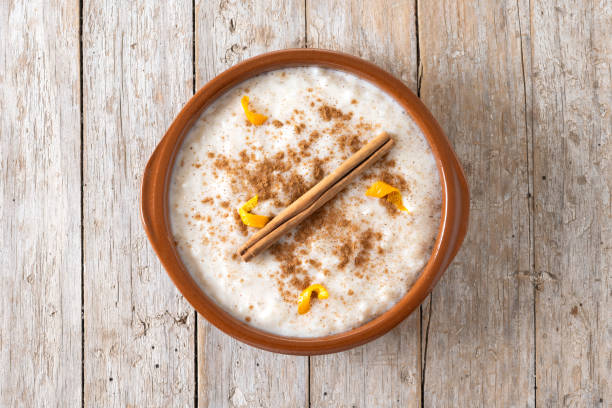
Basic Rice Pudding Recipe
Creating a classic rice pudding at home is a delightful experience, and with this simple recipe, you can achieve a creamy and comforting dessert that will warm your heart. Follow the steps below to make your own rice pudding from scratch, ensuring each bite is filled with nostalgia and flavor.
Ingredients
- Rice: 1 cup of short-grain rice (like Arborio or sushi rice)
- Milk: 4 cups (whole milk is preferred, but alternatives can be used)
- Sugar: ½ cup (granulated or brown sugar)
- Salt: ¼ teaspoon
- Vanilla extract: 1 teaspoon
- Ground cinnamon: for garnish
Directions
- Preparation: Begin by washing the rice under cold water until the water runs clear. This step removes excess starch and helps achieve the perfect creamy texture. Soak the rice in warm water for about 30 minutes to soften it before cooking.
- Cooking Rice: In a large saucepan, combine the soaked rice and 4 cups of milk. Bring to a gentle simmer over medium heat, stirring occasionally to prevent the rice from sticking to the bottom of the pan. Cook for 20-25 minutes or until the rice is tender and the mixture has thickened.
- Sweetening the Pudding: Once the rice is cooked, add ½ cup of sugar and ¼ teaspoon of salt to the mixture. Stir well, ensuring that the sugar dissolves completely. Continue cooking for another 10 minutes, allowing the pudding to further thicken.
- Final Touches: Remove the saucepan from heat and stir in 1 teaspoon of vanilla extract for added flavor. Allow the pudding to cool slightly; it will continue to thicken as it cools.
- Serving Suggestions: Once the pudding has reached your desired consistency, serve it warm or chilled, garnishing with a sprinkle of ground cinnamon. You can also top it with fresh fruits, nuts, or a drizzle of chocolate for extra indulgence.
Tips for Perfect Rice Pudding
To achieve the right consistency, make sure to stir the pudding regularly during cooking to prevent burning. If you prefer a thicker pudding, cook it a bit longer on low heat. For dietary substitutions, consider using almond or coconut milk, and if you're looking to reduce sugar, natural sweeteners like honey or agave syrup can work well. When it comes to storage, keep any leftovers in an airtight container in the refrigerator for up to five days. To reheat, add a splash of milk to restore its creamy texture.
Variations of Rice Pudding
While the classic rice pudding is delightful on its own, there are numerous variations to explore, each adding a unique twist to the traditional recipe. Here are some tempting ideas to try:
- Cinnamon Raisin Rice Pudding: Enhance the flavor by adding a cup of raisins and a teaspoon of cinnamon during the cooking process. The raisins provide a sweet burst and complement the spices beautifully.
- Chocolate Rice Pudding: For chocolate lovers, incorporate ½ cup of cocoa powder or melted dark chocolate into the milk when cooking. This variation results in a rich and decadent dessert.
- Fruit-Infused Rice Pudding: Add in pieces of fresh fruits such as strawberries, blueberries, or apples at the end of the cooking process to create a refreshing and colorful pudding.
- Vegan Rice Pudding: Substitute dairy milk with almond or coconut milk and use maple syrup as a sweetener. This variant maintains the delicious texture while being entirely plant-based.
Common Mistakes When Making Rice Pudding
To ensure your rice pudding turns out perfectly, be mindful of these common mistakes:
- Overcooking Rice: Cooking the rice for too long can lead to a mushy texture. Keep an eye on the cooking time to achieve that tender yet slightly firm grain.
- Using Too Little or Too Much Milk: The milk-to-rice ratio is crucial. Adjust accordingly based on how creamy you prefer your pudding; too little milk can result in a dry pudding.
- Not Stirring Enough: Failing to stir the pudding regularly can cause it to stick and scorch at the bottom. Stirring ensures even cooking and helps prevent this issue.
- Not Allowing for Cooling Time: If you serve the pudding immediately after cooking, it may be too runny. Allowing it to cool lets it thicken up as it sets.
Frequently Asked Questions (FAQs)
Here are some common queries surrounding rice pudding that may assist your cooking journey:
- Can I use leftover rice to make rice pudding? Yes! Using leftover rice can simplify the process. Just adjust the cooking time since the rice is already cooked. Combine the rice with milk and sugar, and heat until creamy.
- How do I make rice pudding thicker? To thicken rice pudding, you can reduce the amount of milk or increase the cooking time. Additionally, a slurry made of cornstarch mixed with a bit of water can be added for extra thickness.
- Can I freeze rice pudding? Yes, rice pudding can be frozen. Cool completely, then store in an airtight container. To reheat, thaw in the refrigerator and reheat gently on the stove or in the microwave.
- What is the best rice for rice pudding? Short-grain rice varieties, particularly Arborio or sushi rice, are recommended due to their higher starch content, which creates a creamy texture.
- How long does rice pudding last in the fridge? Rice pudding can last up to five days in the refrigerator when stored in an airtight container. Always check for freshness before consuming.
Nutritional Information
Rice pudding is not only delicious but can also be a nutritious choice. A typical serving contains approximately 200-300 calories, depending on the ingredients used. It provides a source of carbohydrates from the rice, along with protein and fat from the milk. It can also offer essential nutrients like calcium and vitamin D, especially when made with whole milk. However, be mindful of sugar intake, as it can vary based on your recipe. Enjoy in moderation as part of a balanced diet.
Conclusion
Rice pudding is a cherished dessert that embodies warmth, nostalgia, and culinary creativity. Whether you stick to the classic recipe or experiment with various variations, this timeless dish is sure to bring joy to your table. Dive into the enchanting world of rice pudding and create your own flavorful experience!
Call to Action
We would love to hear about your rice pudding experiences! Share your variations, tips, or questions in the comments below, and join our community of dessert lovers!
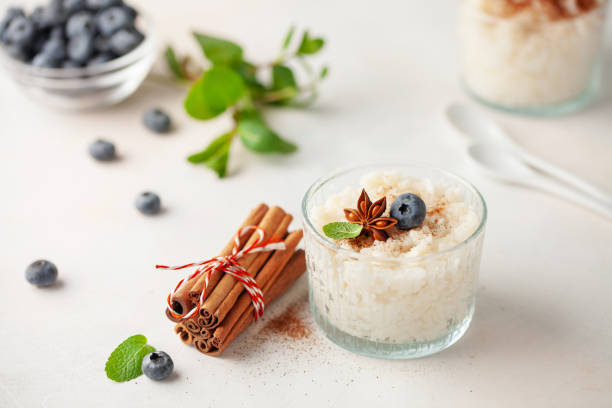
rice pudding recipe
Equipment
- 1 medium saucepan
- 1 measuring cups
- 1 measuring spoons
- 1 wooden spoon or spatula
- 4 serving bowls
Ingredients
- 1 cup uncooked Arborio rice or any short-grain rice
- 4 cups whole milk For a richer flavor, consider using half-and-half instead.
- ½ cup granulated sugar You can adjust the sweetness by adding more or less sugar according to your taste.
- ½ teaspoon vanilla extract
- ¼ teaspoon ground cinnamon
- ⅛ teaspoon salt
- 2 tablespoons butter
- optional toppings raisins, nuts, or additional cinnamon
Instructions
- Rinse the rice under cold running water until the water runs clear to remove excess starch. Drain well.
- In a medium saucepan, combine the rinsed rice, milk, sugar, salt, and cinnamon.
- Bring the mixture to a boil over medium-high heat, stirring occasionally to prevent sticking.
- Once boiling, reduce the heat to low and cover the saucepan. Let it simmer for about 25-30 minutes, stirring often, until the rice is tender and the mixture has thickened.
- Stir in the butter and vanilla extract, mixing well.
- Remove from heat and let cool slightly. The pudding will continue to thicken as it cools.
- Serve warm or chilled. Add optional toppings like raisins, nuts, or a dusting of cinnamon if desired.

